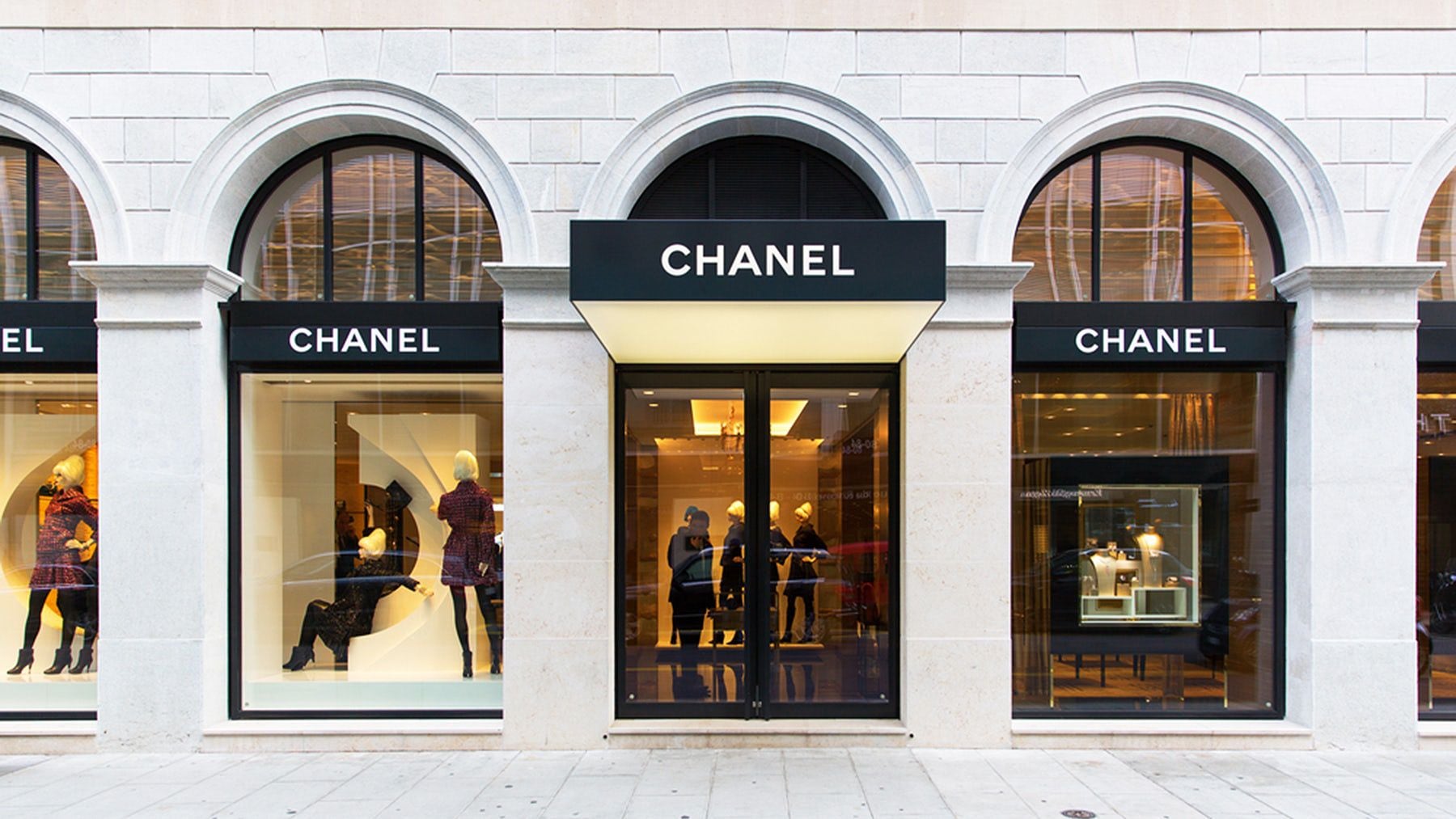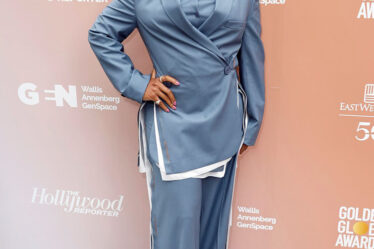
Like all good New York stories, this is a tale of jewellery, real estate and a little bit of luck.
For years, French luxury brand Chanel has been seeking a prime location along Manhattan’s storied Fifth Avenue. “We knew we had to be in the epicenter, and we’d wait as long as we had to,” says Frédéric Grangié, who serves as Chanel’s global president for watches & fine jewellery. “We had no choice.”
When a space became available in the Crown Building at 730 Fifth Ave., Chanel pounced. “As you can imagine,” Grangié says during an interview with Bloomberg on Feb. 6, before the boutique’s opening on Thursday, Feb. 8, “the competition was extraordinary.”
The storefront at 57th Street is the brand’s first shop in the US dedicated to fine jewellery and timepieces. Its flagship store remains nearby at 15 West 57th Street.
The long-prized stretch of Fifth Avenue just below Central Park has been at the center of a real estate bonanza lately, even amid softening sales globally. Above the new Chanel boutique stands the Aman New York, which ranks among the nation’s most expensive hotels. Across the street, on the ground floor of Trump Tower at 725 Fifth Avenue, is Gucci, the star in the portfolio of luxury conglomerate Kering. At 1 East 57th St. is Louis Vuitton, which plays the same role for LVMH. Next door to that is Prada, at 724 Fifth Ave. And Tiffany, also owned by LVMH, reopened last year after an extensive three-year remodeling of its flagship store at 727 Fifth Ave.
“From a luxury retail point of view, the perimeter is quite small,” says Grangié. “It’s really 58th to 53rd — and one side [the west, where Chanel sits] is better than the other. So that leaves very few options, especially with watches and jewellery. It’s really two blocks.”
Once Chanel secured the location, it worked with its longtime collaborator, architect and interior designer Peter Marino, to create an atmosphere that would play into the house’s history. Marino took inspiration from founder Gabrielle “Coco” Chanel’s apartment at 31 Rue Cambon in Paris and at 18 Place Vendôme, the base for Chanel’s high jewellery operations in Paris. (High jewellery constitutes a rarefied category above fine jewellery.)
While retail shops tend to be white, airy and open, Chanel has countered with one that’s mysterious and evocative. The grand windows of the beaux-arts facade feature oversized golden shutters that suggest folding screens, a motif dear to Chanel. Inside, black lacquer and gold dominate, from textured walls and patterned rugs to the tables supporting display cases.
The 3,200-square-foot retail space includes a ground floor with two double-height salons dedicated to fine jewellery and a further chamber for timepieces. A flight of stairs lined by a balustrade of 24-karat gold and rock crystal leads to discrete rooms for private appointments. The decor presents a mix of Marino-designed furniture and various art and antiques highlighted by sculptures from André Dubreuil and Louise Nevelson.
On display in cases are the brand’s collections and hallmarks: stars, lion’s heads — Coco Chanel was a Leo — and camellias, the founder’s favourite flower. The numeral 5, her favorite, is prominently featured, too. The youth-focused Coco Crush line of fine jewellery, featuring delicate rings and bracelets ($8,250) with a quilted pattern, are also available; custom ring engraving, a service exclusive to the US, is, too.
Watches on display include the Première Edition Originale ($5,950) with its black dial and chain strap (think of those signature bags) and the J12, a chunkier model made from ceramic. During the interview, Grangié takes off his own watch, the Monsieur Tourbillon Meteorite, and flips it over to reveal the machinations through its transparent back. “If you want to be taken seriously, you have to have the same standards as pure players,” he says, referring to the specialist watchmakers. “This is the highest standard of watchmaking.”
Of two show-stopping jewellery pieces, one is a cascading necklace called the 55.55, centred around a flawless 55.55-carat diamond set among others in the shape of the Chanel No.5 bottle. Designed in 2021 to celebrate the perfume’s 100th birthday and not for sale, it will leave the US after three months.
Upstairs, Grangié shows me the second, a necklace with a 20-carat D quality white diamond center stone that can be swapped into the setting of a companion ring. (Price: $5.2 million).
Chanel, privately owned by the billionaire brothers Alain and Gerard Wertheimer, has been headquartered in London since 2018. It reports financial performance once annually in late spring: Revenue rose 17%, to $17.2 billion, in 2022 compared to the previous year.
Retail outlets like this one are vital to a brand that spurns e-commerce. “I’ve had conversations with young people I meet when I travel, and I always think they will say, ‘Why don’t you sell online?’ But they usually say, ‘That’s so cool,’” says Grangié. “I think if you stand on integrity, people will understand it. Then they will dream of coming to the store and experiencing it for themselves.”
By Max Berlinger



